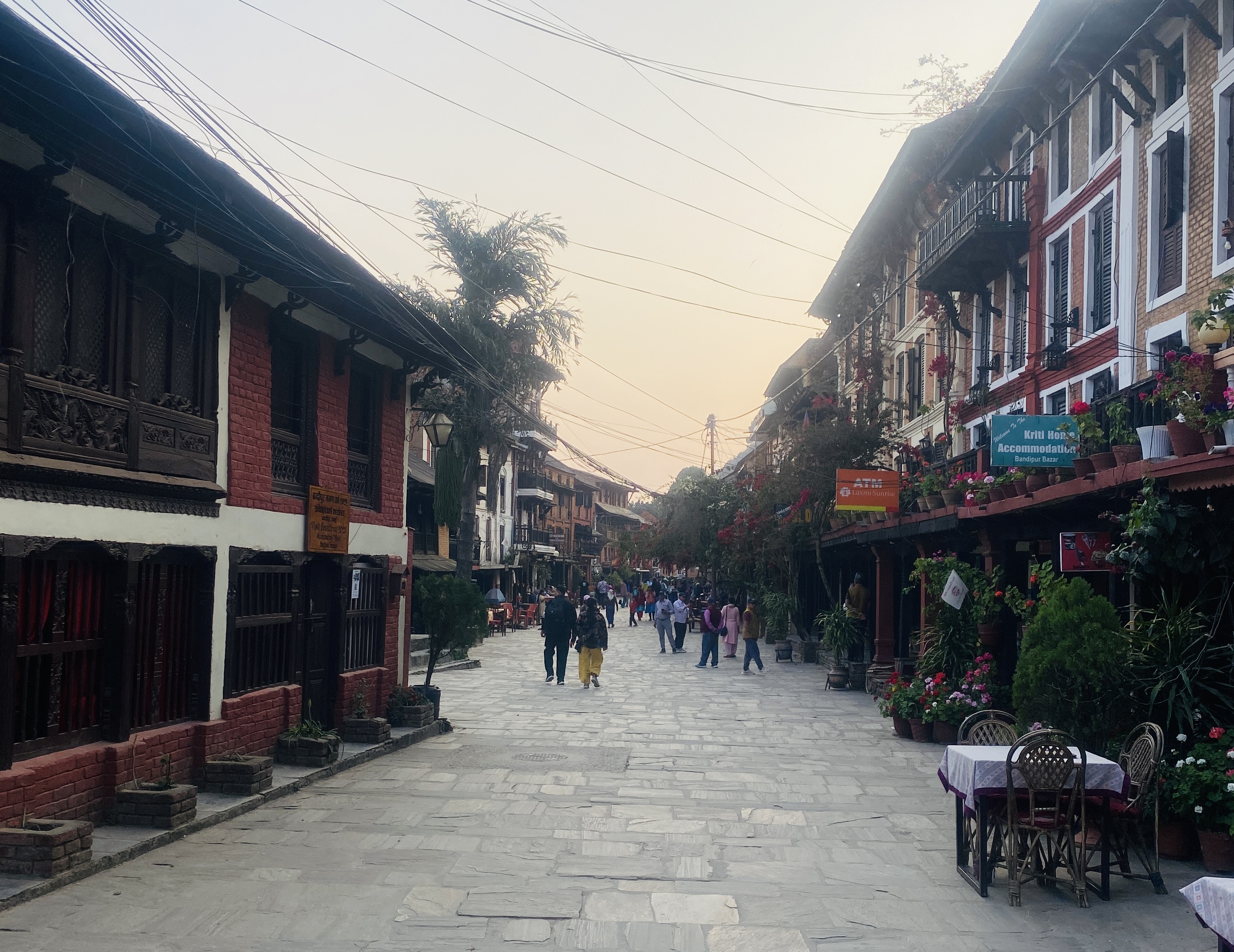“A separate authority is needed to govern realty sector”

The number of transactions related to the real estate sector went down by a staggering 56 per cent in the last fiscal 2022/23. The prime reasons behind this were a liquidity crunch in the financial system, restrictive policies of the state authorities, etc. Even though now such problems have eased to some extent, the realty business is yet to pick up in an expected way. According to Bheshraj Lohani, president of the Nepal Land and Housing Developers’ Association (NLHAD), various strategic measures are needed to spur the growth of the business healthily and sustainably. Excerpts:
First, could you please tell us how big is the Nepali real estate sector?
It is, undoubtedly, the largest sector in the country. The annual turnover of real estate stands at a gigantic Rs 700 billion to Rs 1.2 trillion . Every year, the sector is paying around Rs 70 billion in revenue to the government.
Similarly, there are 18,000 registered companies dealing in the property market. The realty is providing direct/indirect employment opportunities to hundreds of thousands of people.
What has led to a sharp rise in the prices of real estate properties especially in urban areas including Kathmandu over the last 2/3 decades?
The prices of properties over the last two decades have surged by 20 to 50 times in urban areas. There do exist various factors behind this whopping rise. First, during the Maoist insurgency in the late 1900s and early 2002, the rural dwellers massively migrated to cities like Kathmandu for safety reason. Second, the banks and financial institutions also heavily disbursed to the realty business as it is a low-risk investment. Third, there was a rapid augmentation in the trend of people taking properties as an investment instrument for making big profits. Even though there is a very big investment in the realty sector, its growth is not healthy and sustainable.
Even though there is a very big investment in the realty sector, its growth is not healthy and sustainable
 In your view, what has triggered this anomaly?
In your view, what has triggered this anomaly?
The answer is simply the failure of the government to regulate the property market in a systematic and scientific fashion. That the real estate sector has the highest share in the informal economy attests to this fact. The informal property transactions are estimated to stand at as much as Rs 500 billion annually. In such transactions, there is the involvement of unlicensed intermediaries and brokers who demand exorbitant commissions. This has led not only to the unnatural inflation in the market values of lands and houses but also a revenue loss around Rs 20 billion annually to the government.
The informal property transactions are estimated to stand at as much as Rs 500 billion annually. In such transactions, there is the involvement of unlicensed intermediaries and brokers who demand exorbitant commissions
What should be done to streamline the growth of the real estate?
In the second convention of the NLHAD held recently in Pokhara, it has issued a 19-point declaration in order to resolve critical issues regarding the realty sector. Among others, the declaration is related to asking the government to form a separate authority to regulate the sector in a systematic and scientific manner. It shall not only distribute licenses to the unlicensed brokers but also ensure a digital platform to facilitate both the buyers and sellers of properties. Similarly, the real estate price index could well be developed by the Aythority. This is important not only for the financial weellbing being of the realtysector but also to the entire national economy.
Similarly, the declaration talks about increasing the loan-to-value (LTV) ratio to 70 percent and the Debt-to-Income ratio (DTR) to 80 percent immediately by the Nepal Ratra Bank. Real estate developers owe Rs 270 billion to banks and financial institutions, but they are not in position to repay due to a slowdown in the realty business. So, increasing the DTR and LTV ratios is simply mandatory to assist them to pay back the credit.
What are other major points of the declaration?
As per the Land Use Regulations, land has been now been divided into into 10 categories like agricultural, residential, commercial, industrial, etc , based on its features. In this regarding, the declaration states about the participation of private sector in land pooling to help develop big township projects. In this regard, our association has already proposed to establish a company having a paid-up capital of Rs 50 billion. As per the proposal, it will develop large scale townships as a pilot project in all seven provinces. If this is approved, it could be a game changer in the urban development in the country, After all, the private sector is also ready to collaborate with the government for a systematic and sustainable urbanisation in the country.
Similarly, making arrangements for foreigners to be able to buy apartments in Nepal is also one of the points of the declaration

Vehicle imports surge by 32%

Net profit of Reliance Spinning surges by over 72 percennt

Three arrested with 5.7-kg gold from airport

FNCCI prez recognised with Caraka Buwana Award

Campaign to Promote Coffee Farming in Tanahun to Ward Off Monkey Menace

Bike Minded now authorized dealer for Honda parts

Litmus Industries Limited hosts "Second Power Partner’s Meet 2081"







Feedback